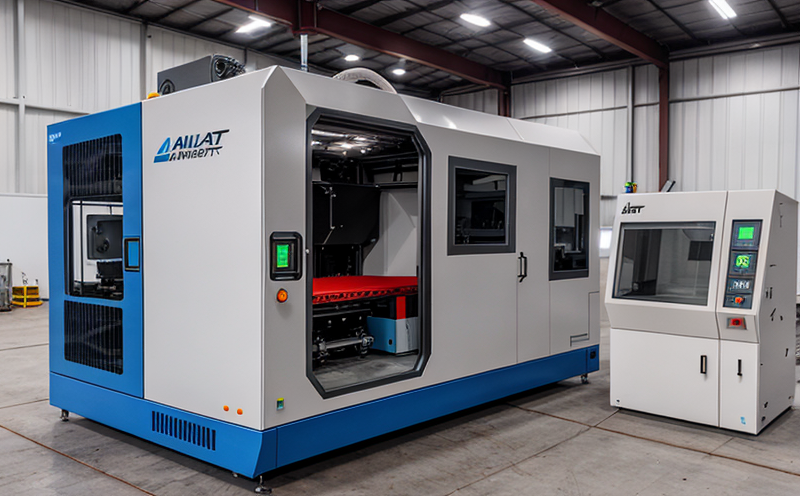ISO 52904 Laser Powder Bed Fusion Process Validation Testing
The ISO 52904 standard is a crucial benchmark in the industrial manufacturing and processing sector, specifically designed for validating laser powder bed fusion (LPBF) processes. This service ensures that additive manufacturing (AM) systems adhere to rigorous quality standards, thereby enhancing part reliability and performance.
Laser Powder Bed Fusion Process Validation Testing involves a comprehensive series of steps aimed at validating the LPBF process parameters. These include laser power settings, scanning strategies, powder bed preparation, and post-processing protocols. The goal is to ensure that each manufactured component meets stringent dimensional accuracy requirements as per ISO 52904.
The testing begins with thorough calibration of the AM machine using a set of standard test specimens. These specimens are designed to evaluate key process parameters such as laser energy density, scanning speed, and powder layer thickness. The specimens are then subjected to rigorous inspection post-printing, focusing on geometric dimensions, surface finish, and internal porosity.
Post-processing is another critical phase where the parts undergo heat treatment or other finishing processes to achieve desired mechanical properties. This includes measuring residual stresses using techniques like X-ray diffraction (XRD). The testing concludes with a detailed analysis of each part's performance under specific load conditions and environmental stress tests.
| Standard | Description |
|---|---|
| ISO 52904-1:2021 | Validation of laser powder bed fusion processes - Part 1: General requirements and test methods |
| ASTM F3786 | Evaluation of laser powder bed fusion processes for additive manufacturing parts |
| EN ISO 52904-1:2021 | Validation of laser powder bed fusion processes - Part 1: General requirements and test methods |
The LPBF process is inherently sensitive to variations in input parameters, which can significantly impact the final product's quality. This testing ensures that all critical parameters are within acceptable limits as per ISO 52904. By adhering to these stringent standards, manufacturers can produce parts with consistent performance and reliability.
Quality managers and compliance officers will find this service invaluable for ensuring regulatory adherence and maintaining a high standard of product quality. R&D engineers benefit from the detailed insights into process optimization, while procurement teams gain confidence in sourcing components that meet rigorous specifications.
Applied Standards
| Standard | Description |
|---|---|
| ISO 52904-1:2021 | Validation of laser powder bed fusion processes - Part 1: General requirements and test methods |
| ASTM F3786 | Evaluation of laser powder bed fusion processes for additive manufacturing parts |
| EN ISO 52904-1:2021 | Validation of laser powder bed fusion processes - Part 1: General requirements and test methods |
Quality and Reliability Assurance
- Thorough calibration of AM equipment using standard specimens.
- Rigorous inspection post-printing, focusing on geometric dimensions, surface finish, and internal porosity.
- Heat treatment or other finishing processes to achieve desired mechanical properties.
- Measurement of residual stresses using X-ray diffraction (XRD).
Environmental and Sustainability Contributions
- The use of LPBF technology minimizes material waste through the selective deposition of powder.
- Efficient process validation ensures that only necessary resources are used, reducing overall energy consumption.





